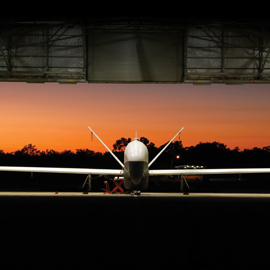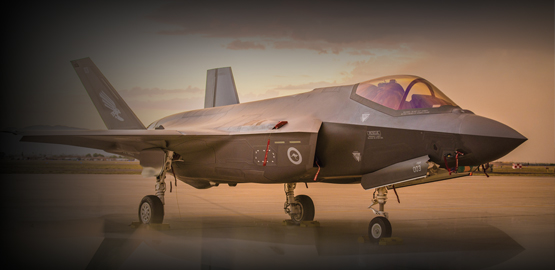Publications
"Nobody does defense policy better than CSBA. Their work on strategic and budgetary topics manages to combine first-rate quality and in-depth research with timeliness and accessibility—which is why so many professionals consider their products indispensable." – Gideon Rose, Editor of Foreign Affairs, 2010-2021
National Security Contributions of the U.S. Maritime Industry
The United States has always been a maritime nation. Since its founding, Americans have taken to the sea for trade, to harvest the resources in America’s waters and seabed, and to defend or advance the country’s interests. A robust commercial maritime industry is essential to support these efforts, which enhance America’s prosperity and security.
Victory Over and Across Domains: Training For Tomorrow’s Battlefields
Synthetic training can play a critical role in preserving the U.S. military’s warfighting edge in an information-saturated, multi-domain combat environment.
The European Deterrence Initiative
It is far from smooth sailing for the European Deterrence Initiative (EDI) as it confronts risks to the way in which it is funded. This brief seeks to explain why the EDI was started, what it funds, and the budgetary challenges it faces to its implementation and sustainment.
Regaining the High Ground at Sea: Transforming the U.S. Navy’s Carrier Air Wing for Great Power Competition
REGAINING THE HIGH GROUND AT SEA examines trends in U.S. strategy, capabilities, and threats between now and 2040 to describe the operational concepts carrier aircraft will likely need to use in the future, as well as the implications for how carrier air wings should evolve during the next 20 years.
Air and Missile Defense at a Crossroads: New Concepts and Technologies to Defend America’s Overseas Bases
Future layered defenses with these capabilities could greatly increase the level of effort an adversary would need to undertake to attack America’s overseas bases successfully.
Statement Before the House Armed Services Committee: The Impact of National Defense on the Economy, Diplomacy, and International Order
Dr. Hal Brands testified before the House Armed Services Committee in a hearing on "The Impact of National Defense on the Economy, Diplomacy, and International Order" on Wednesday, 26 September 2018.



























